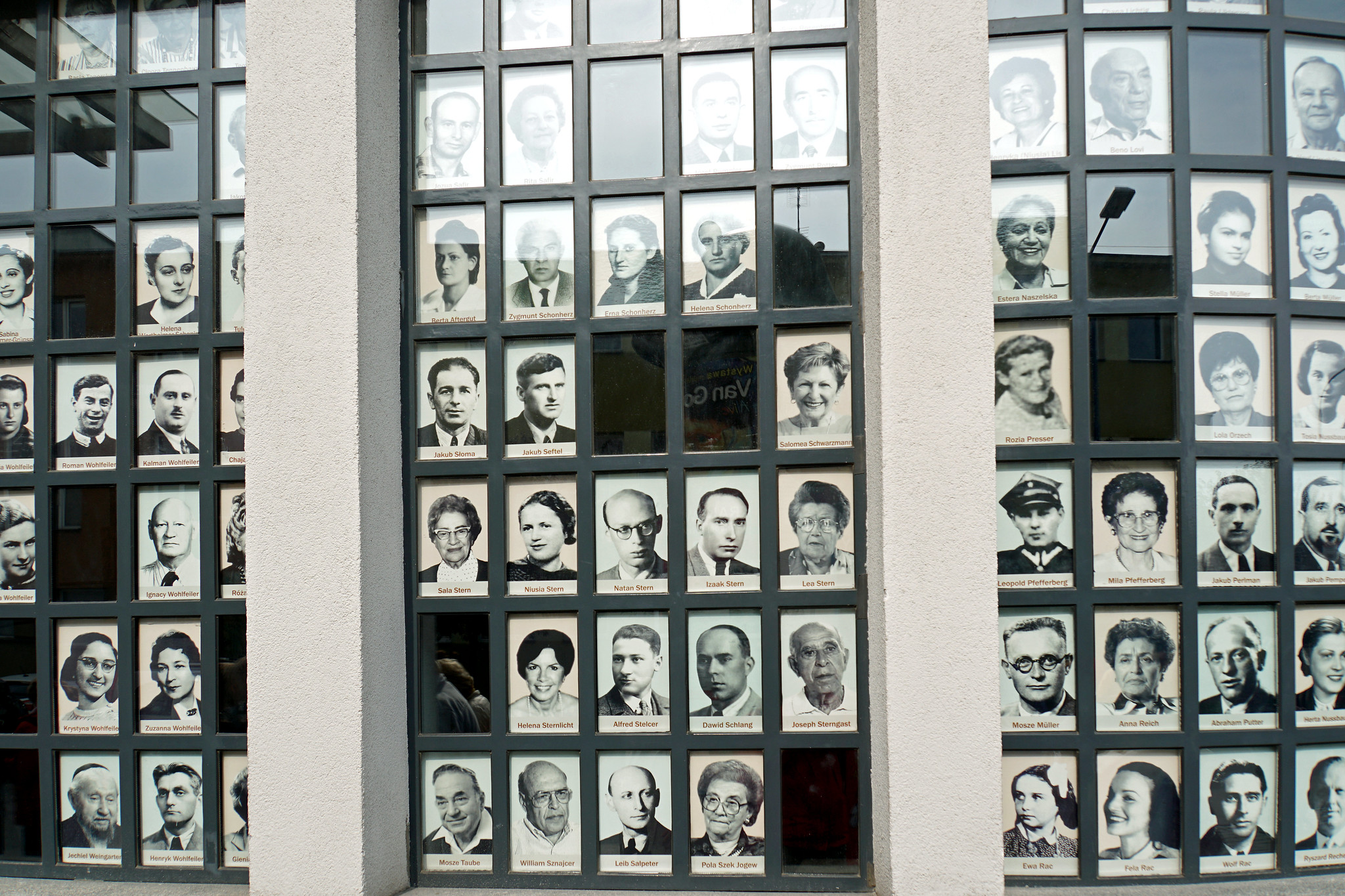Schindler’s Factory Museum, situated in Krakow, Poland, is a powerful testament to the city’s tumultuous history during World War II. Housed in the former enamelware factory of Oskar Schindler, the museum offers visitors a poignant and immersive experience of life under Nazi occupation. Schindler, a German industrialist, famously saved the lives of over 1,000 Jewish workers by employing them in his factory.
The museum’s permanent exhibition, “Krakow under Nazi Occupation 1939-1945,” chronicles the wartime experiences of both Jewish and non-Jewish residents of Krakow through a series of interactive displays, photographs, and personal accounts. Visitors can explore recreated wartime scenes, including a typical Jewish apartment and the office of Oskar Schindler himself. The museum not only preserves the memory of Schindler’s heroic actions but also serves as a sobering reminder of the atrocities committed during the Holocaust and the resilience of the human spirit in the face of unimaginable adversity.
Stepping into Schindler’s Factory Museum is like taking a journey back in time to one of the darkest periods in human history. Located in the former enamelware factory of Oskar Schindler, the man who saved over a thousand Jewish lives during the Holocaust, this museum offers visitors a haunting and immersive experience of Krakow’s history during World War II.
As you enter the museum, you’re immediately transported to the streets of pre-war Krakow. The exhibits are meticulously designed to recreate the atmosphere of the city in the late 1930s, complete with cobblestone streets, storefronts, and the sounds of everyday life. This attention to detail sets the stage for the dramatic events that would unfold in the coming years.
Moving through the museum, you’ll witness the gradual transformation of Krakow under Nazi occupation. The exhibits chronicle the systematic oppression of the Jewish population, from the initial restrictions on their rights to the creation of the Krakow Ghetto. Personal stories and artifacts bring these events to life, making the experience all the more poignant and real.
One of the most striking aspects of the museum is its use of multimedia presentations and interactive displays. These elements help visitors connect with the historical narrative on a deeper level. For instance, you can listen to firsthand accounts from survivors, watch archival footage, and even step into recreated living spaces from the ghetto.
As you delve deeper into the museum, you’ll encounter exhibits dedicated to the resistance movement and the efforts of those who risked their lives to help others. This is where Oskar Schindler’s story comes to the forefront. The museum does an excellent job of presenting Schindler’s complex character – a Nazi Party member who initially sought to profit from the war but ultimately became a savior to hundreds of Jews.
The actual office of Oskar Schindler is preserved within the museum, offering a tangible connection to this remarkable historical figure. Standing in the very room where Schindler made life-saving decisions is a powerful experience that leaves a lasting impression on visitors.
Perhaps one of the most moving exhibits is the “Room of Choices,” which presents visitors with moral dilemmas faced by individuals during the war. This interactive display encourages reflection on the difficult decisions people had to make in extreme circumstances, adding a thought-provoking dimension to the museum experience.
As you near the end of your journey through the museum, you’ll encounter exhibits that deal with the liberation of Krakow and the aftermath of the war. These sections provide a sense of closure to the narrative while also highlighting the long-lasting impact of the Holocaust on survivors and subsequent generations.
The museum doesn’t shy away from addressing difficult topics, including collaboration and the complex relationships between Poles, Jews, and Germans during the occupation. This nuanced approach to history helps visitors gain a more comprehensive understanding of the period.
Before leaving, many visitors find themselves in the museum’s contemplation room, a space designed for quiet reflection on the powerful experiences they’ve just had. This room serves as a fitting conclusion to the emotional journey through Krakow’s wartime history.
Schindler’s Factory Museum is more than just a collection of artifacts and information – it’s an immersive experience that brings history to life in a profoundly moving way. By combining personal stories, historical context, and innovative presentation techniques, the museum creates a lasting impact on visitors, ensuring that the lessons of this dark period in history are not forgotten. Whether you’re a history buff or simply someone interested in understanding the human experience during times of crisis, a visit to Schindler’s Factory Museum is sure to leave you with a deeper appreciation for the resilience of the human spirit in the face of unimaginable adversity.
Schindler’s Factory Museum stands as a powerful testament to the complex history of Krakow during World War II. Through its immersive exhibits and authentic setting in Oskar Schindler’s former enamelware factory, the museum effectively preserves the memory of both the Holocaust and the heroic efforts of individuals who risked their lives to save others. By showcasing the broader context of life in occupied Krakow alongside Schindler’s story, the museum provides visitors with a comprehensive understanding of this dark period in history. As an educational institution and memorial, Schindler’s Factory Museum plays a crucial role in ensuring that future generations remember the atrocities of the past and remain vigilant against the dangers of hatred and intolerance.

